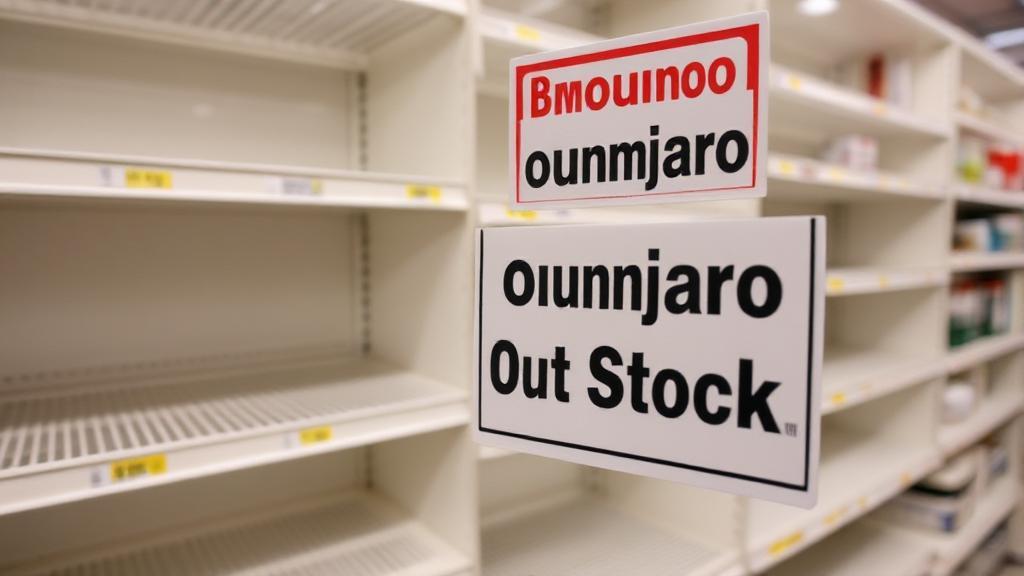Introduction
Mounjaro (tirzepatide), a groundbreaking medication primarily used for treating type 2 diabetes, has been experiencing significant shortages that have raised concerns among healthcare providers and patients. This medication, which helps control blood sugar levels and reduce the risk of diabetes-related complications, has become an essential part of many patients' daily healthcare regimens.
Understanding Mounjaro
Mounjaro belongs to a class of drugs known as GLP-1 and GIP receptor agonists. Since its FDA approval in 2022, it has gained attention not only for its efficacy in managing diabetes but also for its potential in treating obesity.
Root Causes of the Shortage
Several factors have contributed to the current shortage:
Manufacturing Constraints
- Production facilities operating at maximum capacity
- Limited manufacturing capabilities
- Time required to scale up production
- Equipment and quality control issues
Supply Chain Disruptions
- Raw materials availability
- Packaging components
- Delivery systems
- Distribution networks
- COVID-19 pandemic impacts
Increased Demand Factors
- Growing diabetes patient population
- Off-label prescriptions for weight management
- Social media popularity and viral success stories
- Celebrity endorsements and media coverage
Impact on Patient Care
Clinical Consequences
"When patients can't access their prescribed medication, we often see regression in their metabolic control and weight management progress." - Dr. Sarah Johnson, Endocrinologist
- Blood sugar management difficulties
- Weight regain
- Increased anxiety about health management
- Potential complications from switching medications
- Risk of diabetes-related complications
Financial Implications
- Price increases in some markets
- Insurance coverage complications
- Out-of-pocket expenses for alternative medications
- Additional healthcare visits for medication adjustments
- Increased operational costs for healthcare providers
Alternative Solutions
Temporary Medication Options
| Medication Class | Examples | Considerations |
|---|---|---|
| GLP-1 Agonists | Ozempic, Wegovy | Similar mechanism, may have availability issues |
| DPP-4 Inhibitors | Januvia, Tradjenta | Different mechanism, may be less effective |
| Traditional Options | Metformin | May not provide equivalent results |
Management Strategies
Addressing the Shortage
Efforts are underway to resolve the shortage:
- Increased Production: Eli Lilly has announced significant investments in new manufacturing facilities and enhanced production capabilities
- Regulatory Collaboration: Working with agencies to expedite approvals and address barriers
- Supply Chain Improvements: Strategic partnerships with suppliers and improved management systems
- Patient Support Programs: Financial assistance and educational resources
Recommendations for Patients
- Maintain close contact with healthcare providers
- Plan refills well in advance
- Consider joining waiting lists at multiple pharmacies
- Document any health changes if forced to switch medications
- Discuss backup treatment plans
- Stay informed about manufacturer updates
For the latest updates and information, patients can visit:
